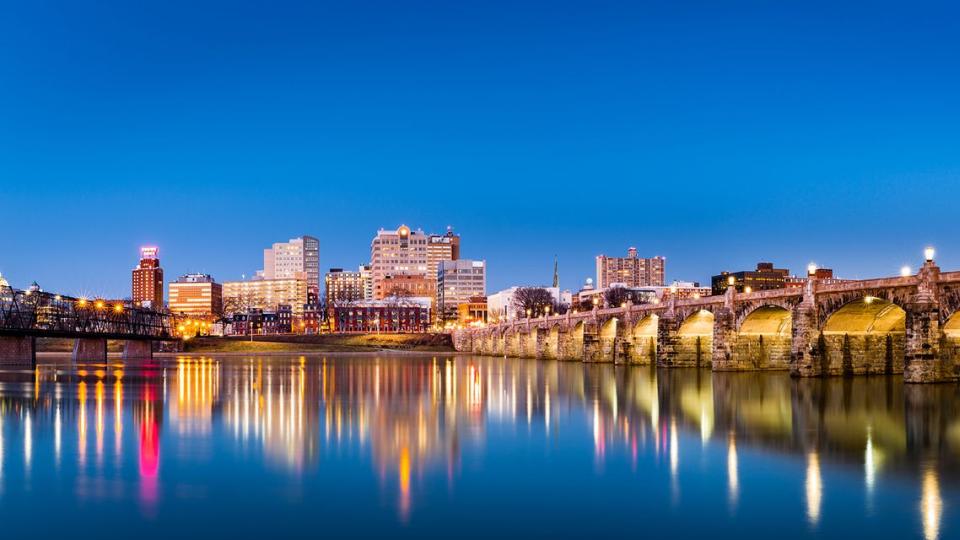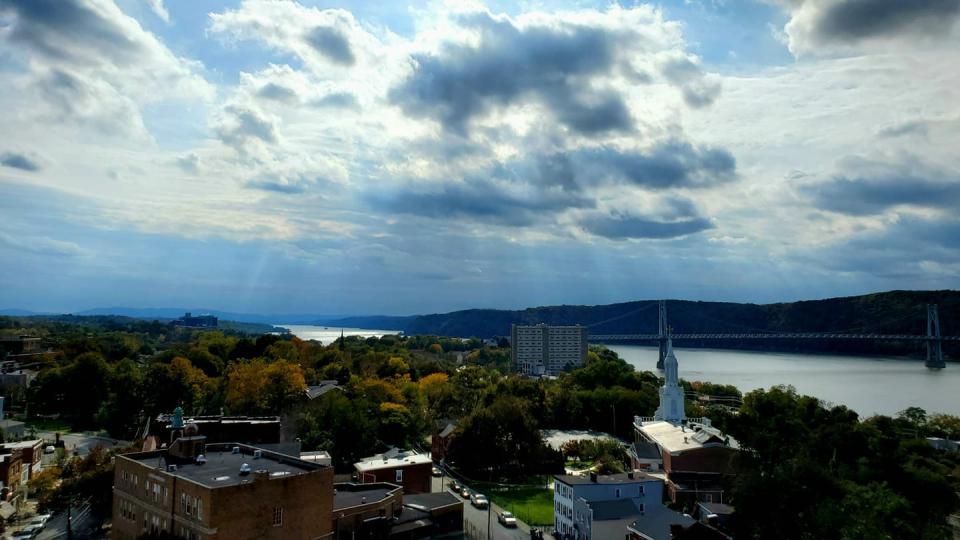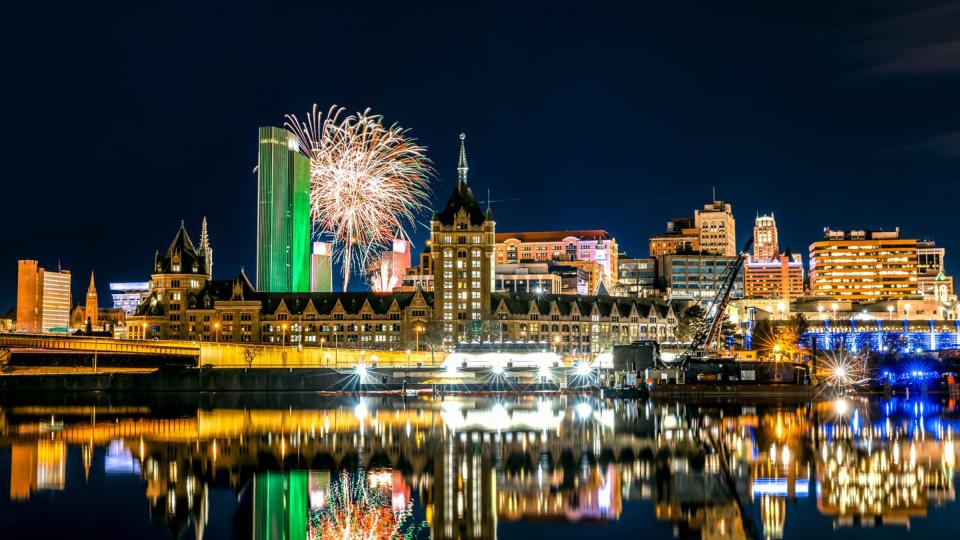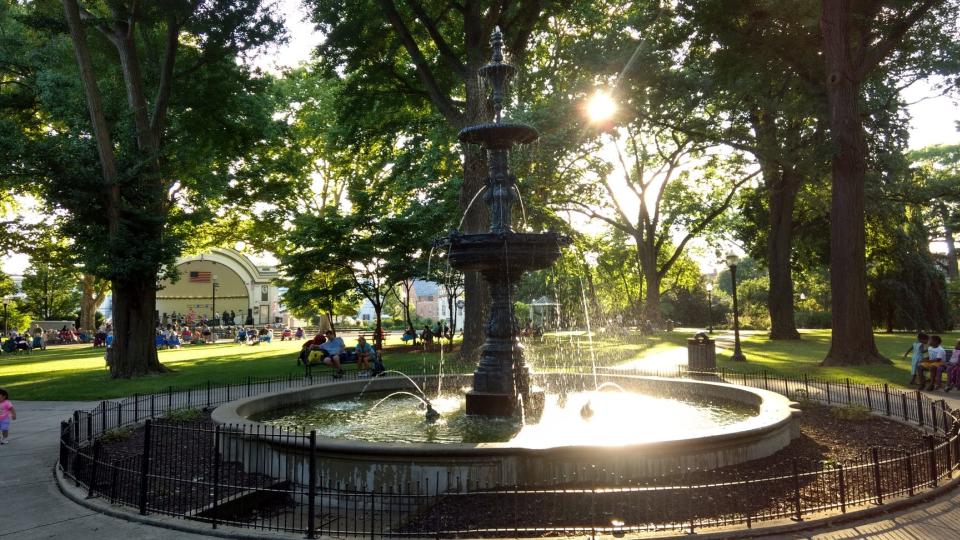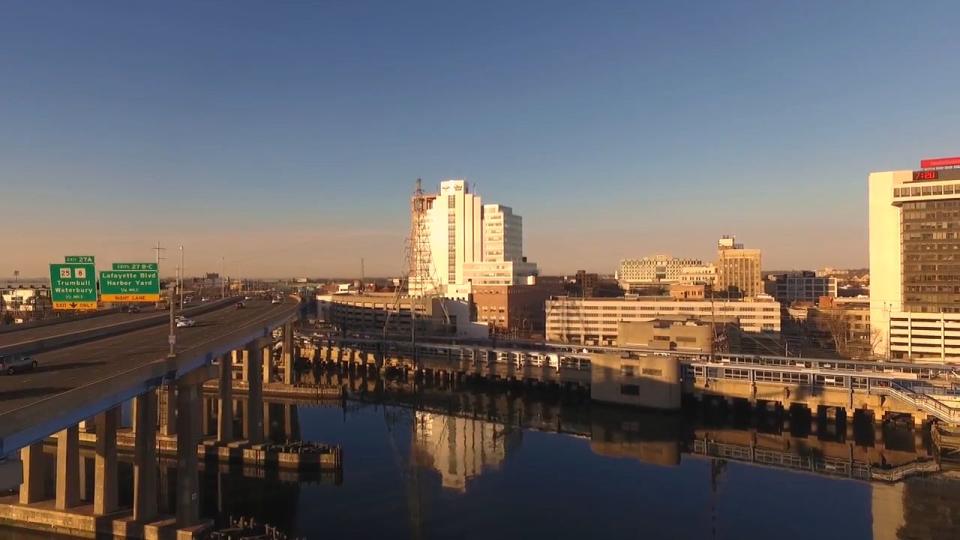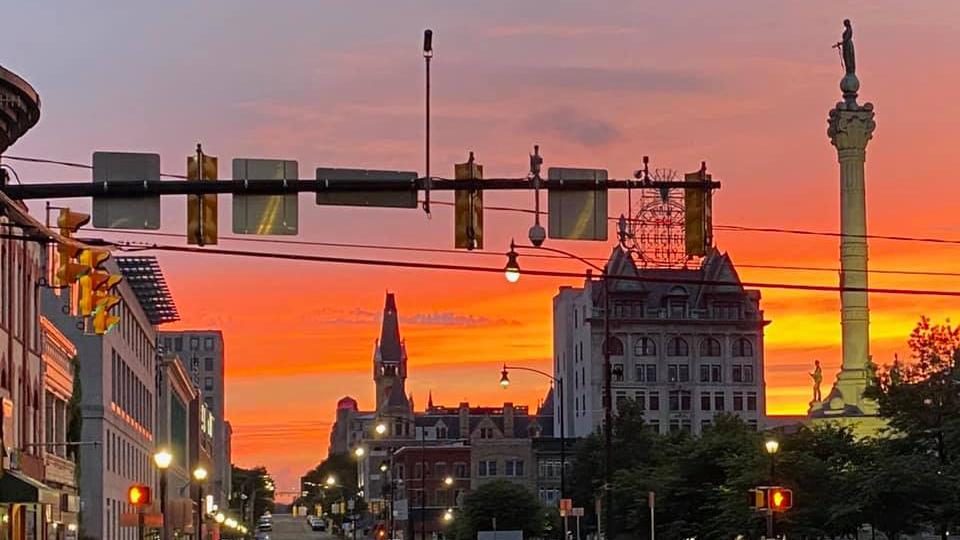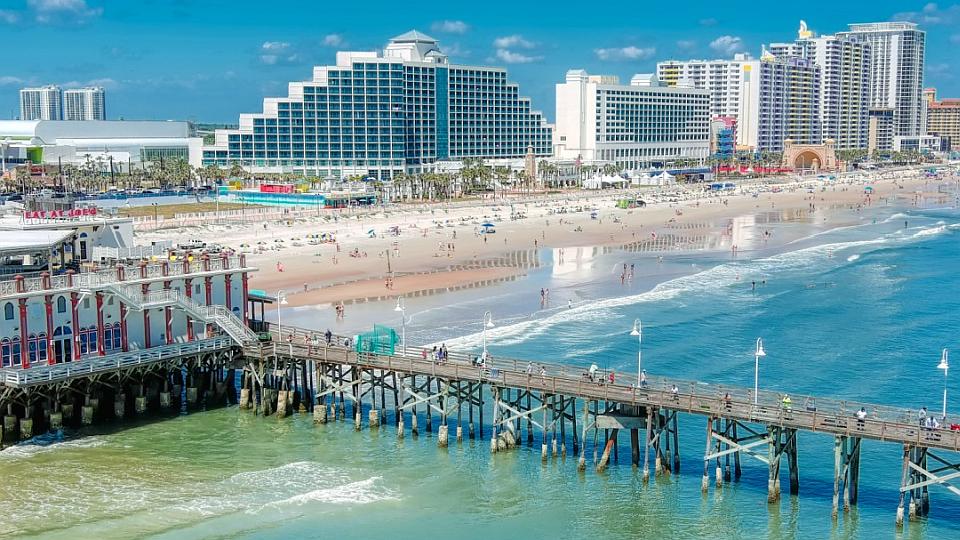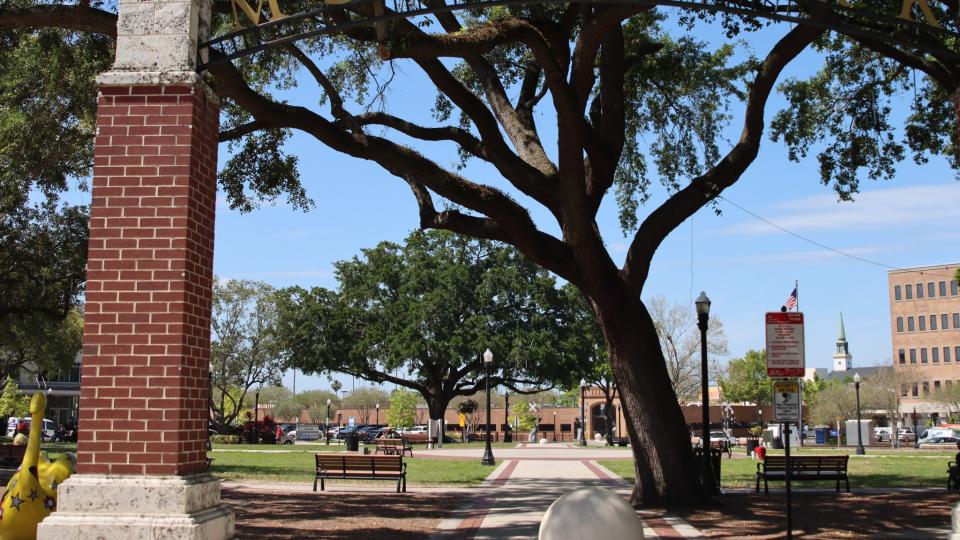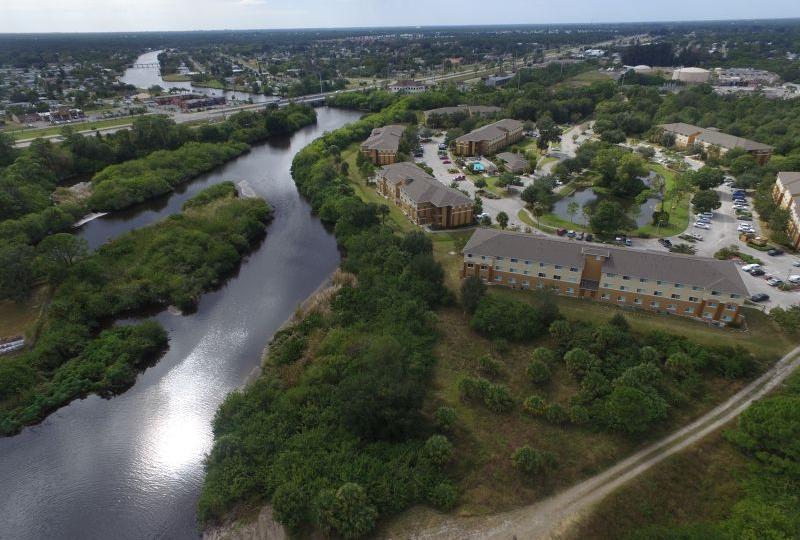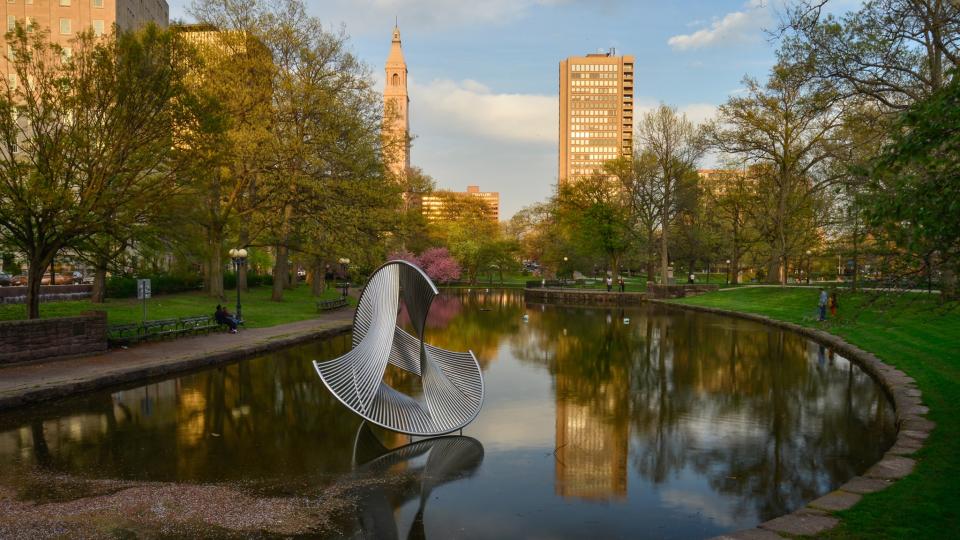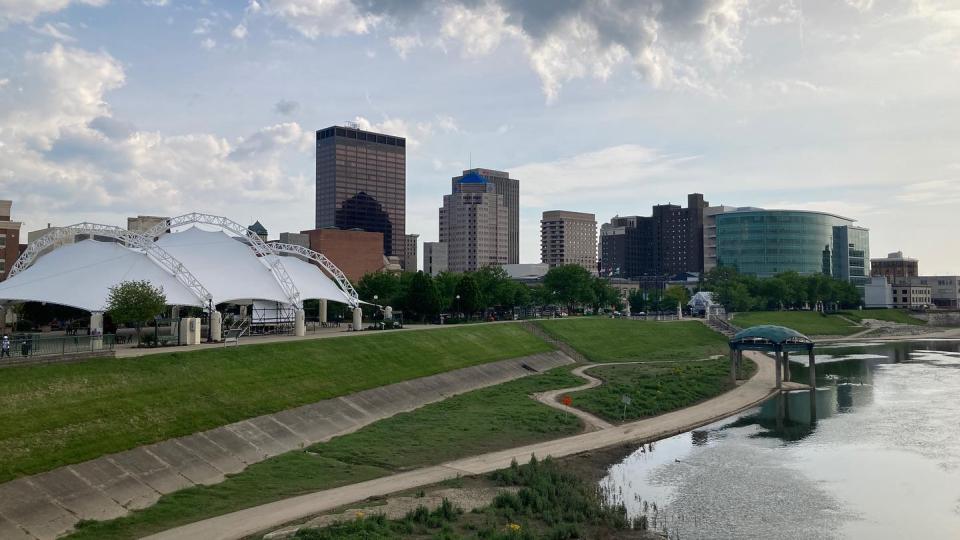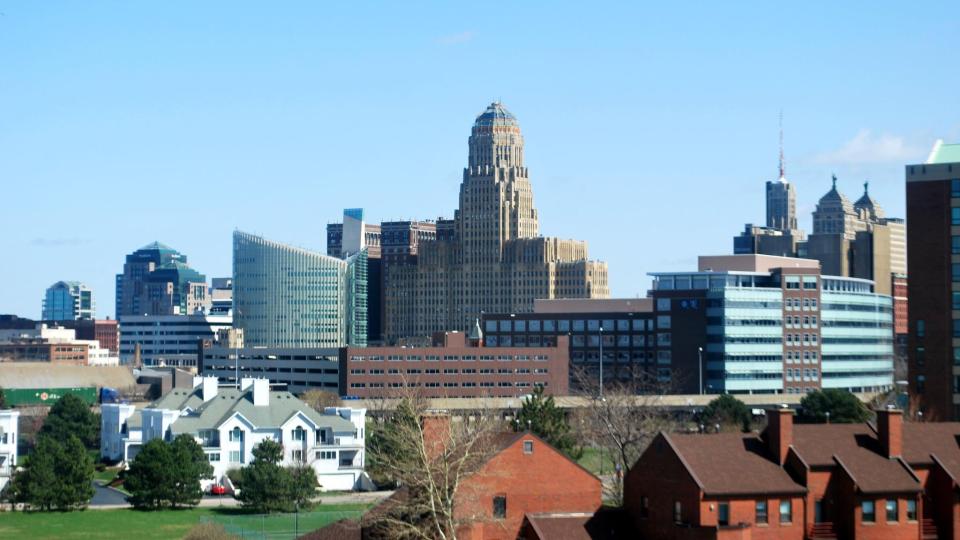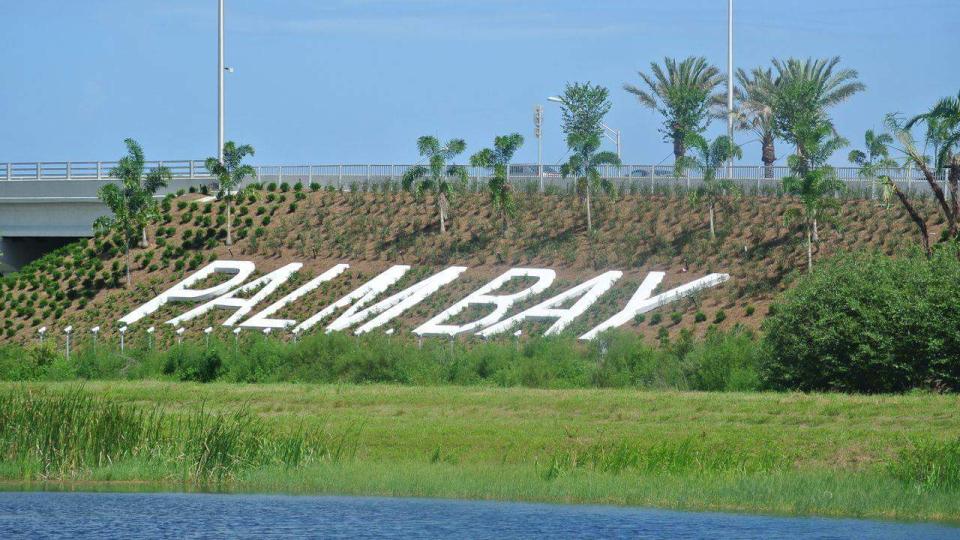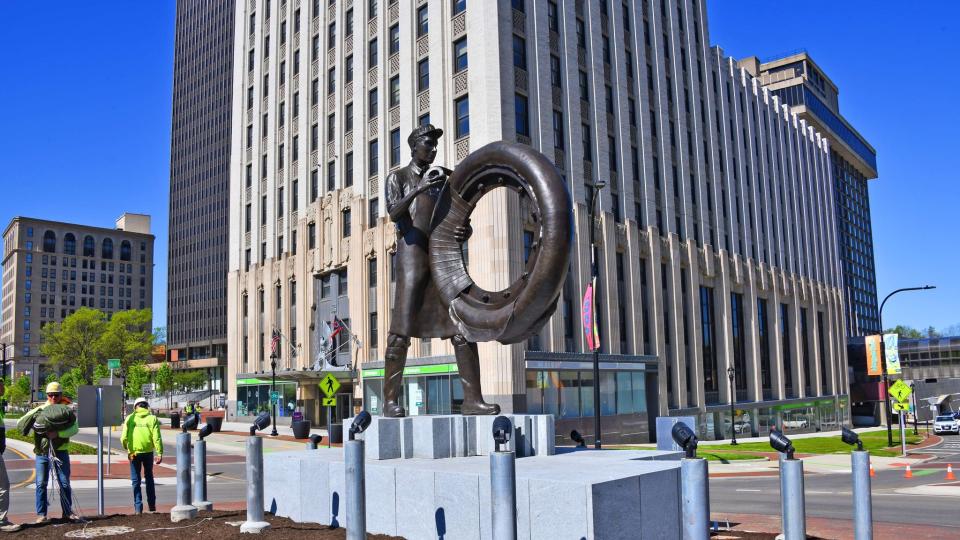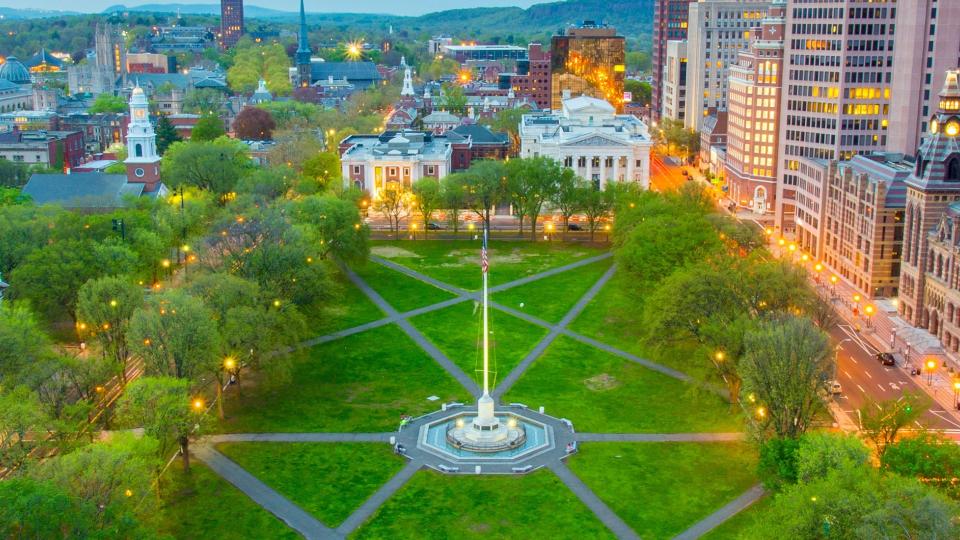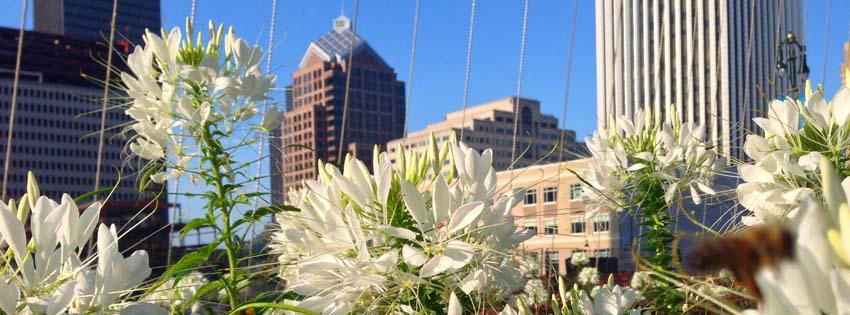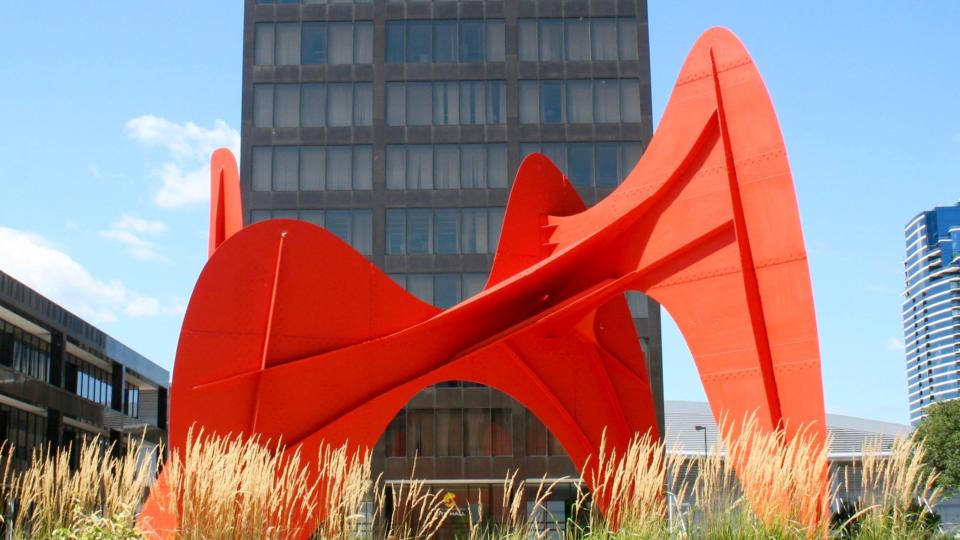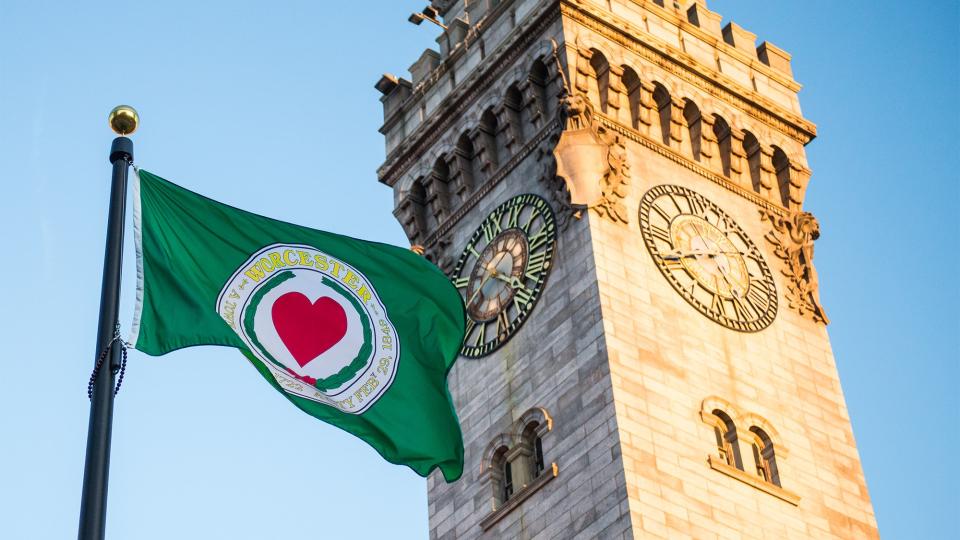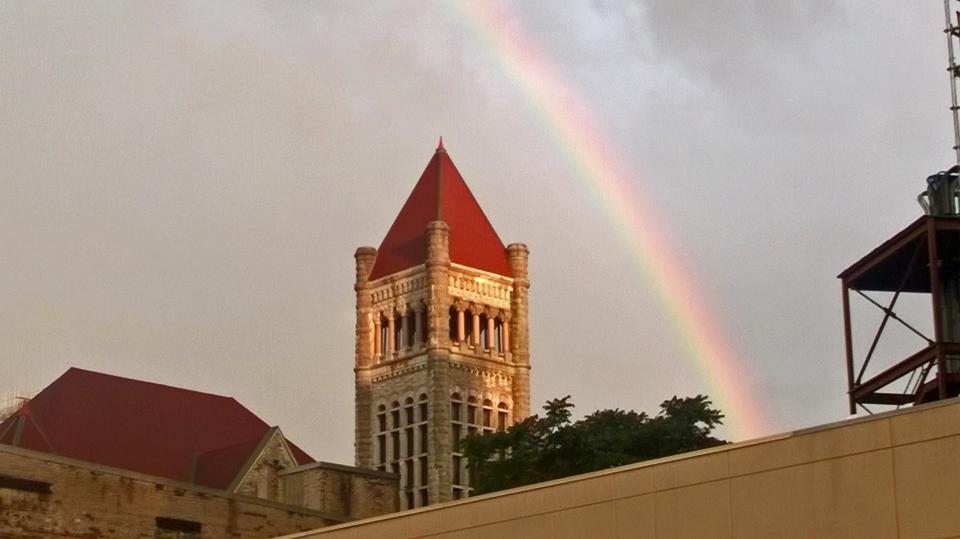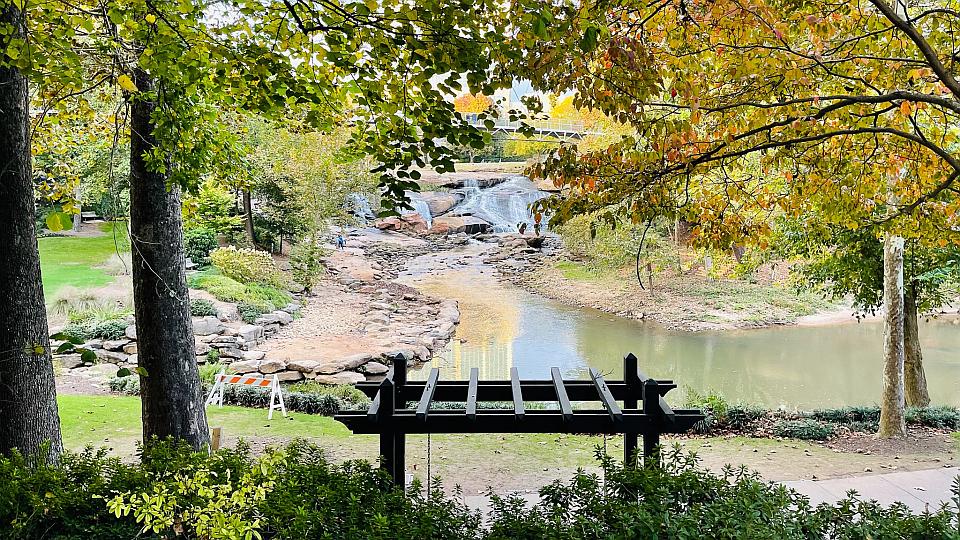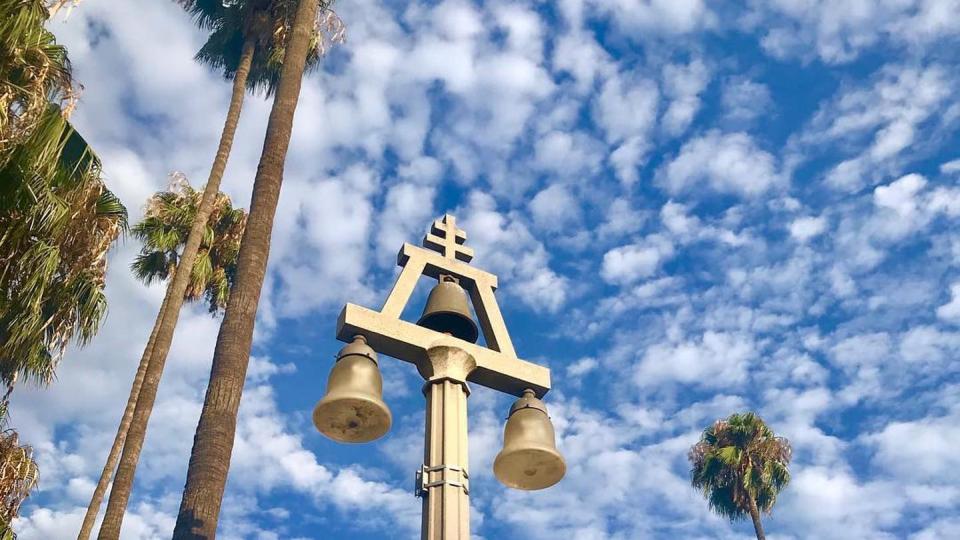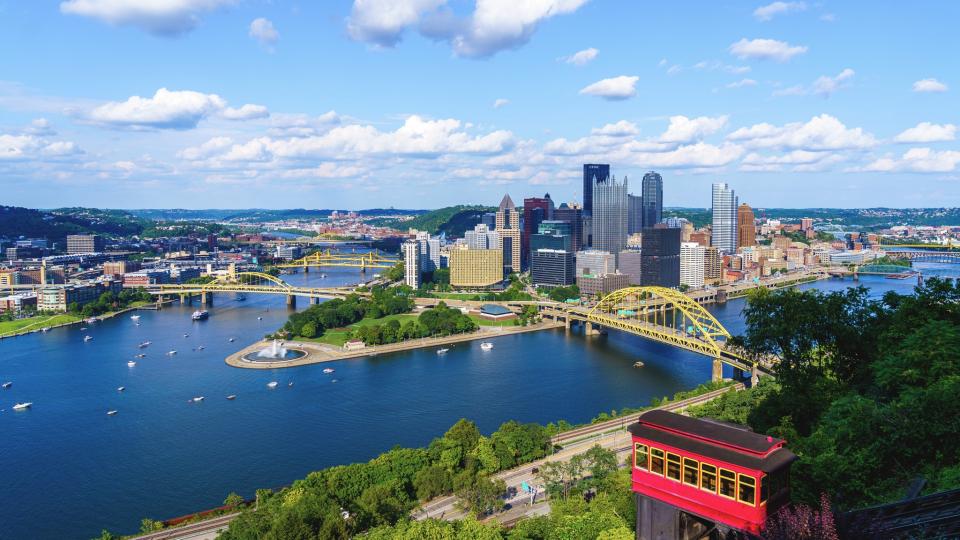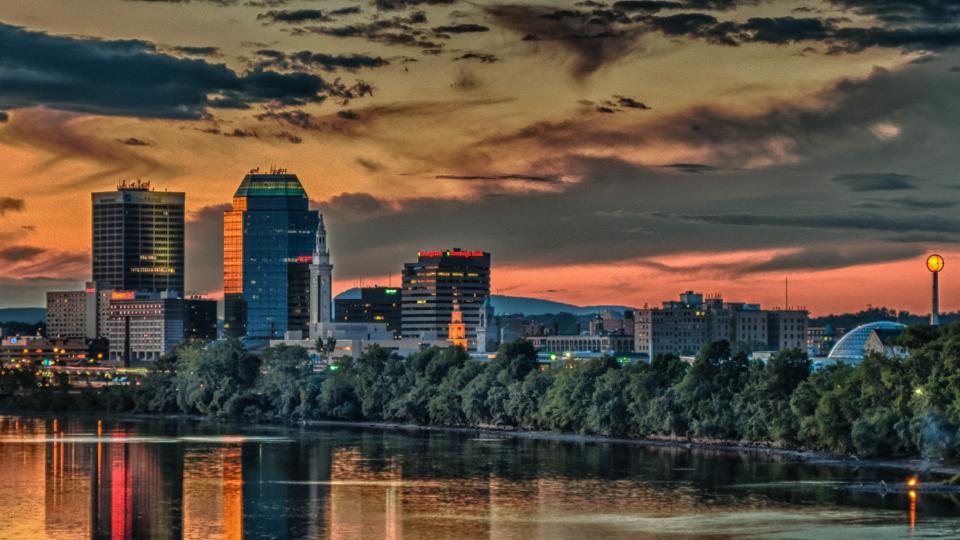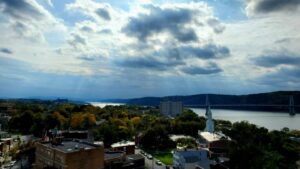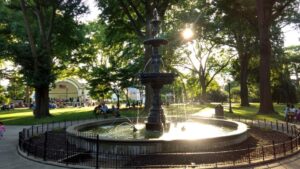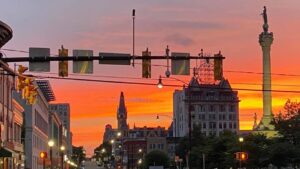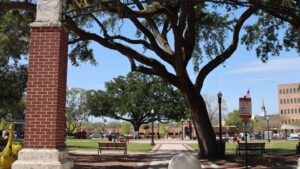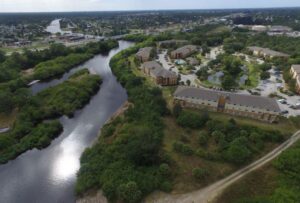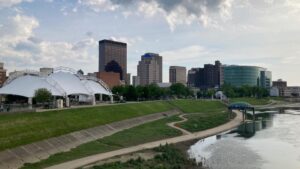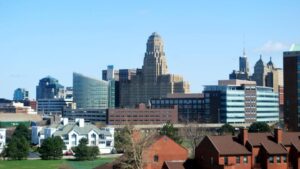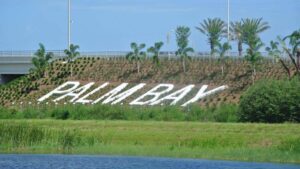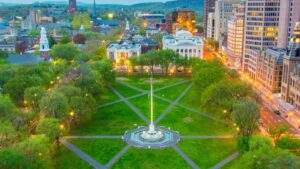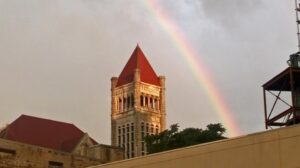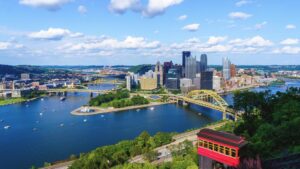What Are the Top 25 U.S. Cities for Supporting Local Farmers?
My midsummer trip to Western New York for the story that appears on the cover of American Fruit Grower’s September magazine issue reminded me how closely many communities, if not regions, are tied to agriculture. Some more so than others.
The final third of my drive from Cleveland, OH, to Rochester, NY, running parallel with the Lake Ontario coast, took me past a never-ending sequence of crops, with dozens of farmers’ markets and roadside stands mixed in. You couldn’t avoid agriculture. Of all sorts.
To the left of me and to the right, never had I seen such a diverse mix of crops. It rarely took more than five or 10 minutes of drive time to account for each of the crop types I’ve covered for Meister Media Worldwide — blocks of tree fruit and fields of row crops and vegetables. It was an agricultural smorgasbord, oftentimes literally on the menu of the respective farms’ roadside stands.
Coincidentally, I just saw a list of the 25 Best U.S. Cities for Supporting Local Farmers, compiled by Verdesian (see the full list in the photo gallery above), the North Carolina-based maker of nutrient inputs. Not surprisingly, both Buffalo and Rochester are included.
Verdesian prefaces the list by saying there are “no bad cities when it comes to supporting your local farmers; some cities just happen to be better suited for supporting your local farming community than others.” That said, Eastern states, such as New York, Pennsylvania, and Florida, are much better equipped to support local farmers than their Southwest counterparts, including Arizona, New Mexico, and Texas, according to Verdesian. The entire list reflects as much.
Verdesian takes into account a number of factors, including (in order of weight): number of nearby farms, walk score, number of farmers’ markets, farm to table restaurants search volume, number of community-supported agriculture farms/networks, number of pick-your-own farms, number of farmers’ markets that accept credit cards, number of organic farmers’ markets, average high temperature (2021), average precipitation (2021), number of natural disasters (since 1953), and air quality by state.
In support of its No. 1 selection, Verdesian writes: “Poughkeepsie, NY, (home to the Poughkeepsie Farm Project) is the best U.S. city for supporting local farmers. When you take a closer look at the data, there’s really no wonder why. It boasts a whopping 131 nearby farms, 35 farmers’ markets, and 22 U-pick farms. All are well above the national averages. It’s clear that the Poughkeepsie community is set up for agricultural success, with so many ways that community members can buy directly from local farmers.”
The two cities ranked immediately behind Poughkeepsie are equally deserving, according to Verdesian:
Harrisburg, PA: “The second-best city for supporting local farmers is just a short trip south of Poughkeepsie. Another city that has obvious farming roots, Harrisburg boasts a walk score that is 20 points higher than the national average and is home to 41 farmers’ markets. That’s nearly 83 farmers’ markets per 100,000 residents. Harrisburg also happens to be the home of the annual Pennsylvania Farm Show, which occurred this past January for the 106th time.”
Albany, NY: “This may have been among the smallest cities in our study, but it sure is set up well when it comes to supporting local farmers. It is home to 121 nearby farms, 10 u-pick farms, and 13 farmers’ markets. A higher percentage of farmers’ markets in Albany are organic and accept credit cards than any other city in our study. Its farming infrastructure and relatively high rainfall in 2022 make it the third-best city in the U.S. for supporting local farmers.”
Fortunately, many other cities enjoy similar relationships with their local farmers, hopefully one near you. For full data on each of the 100 cities examined by Verdesian, visit vlsci.com.
Do you think your city should be ranked higher, or was it not even on the list and deserve to be? Leave a reader comment below.





